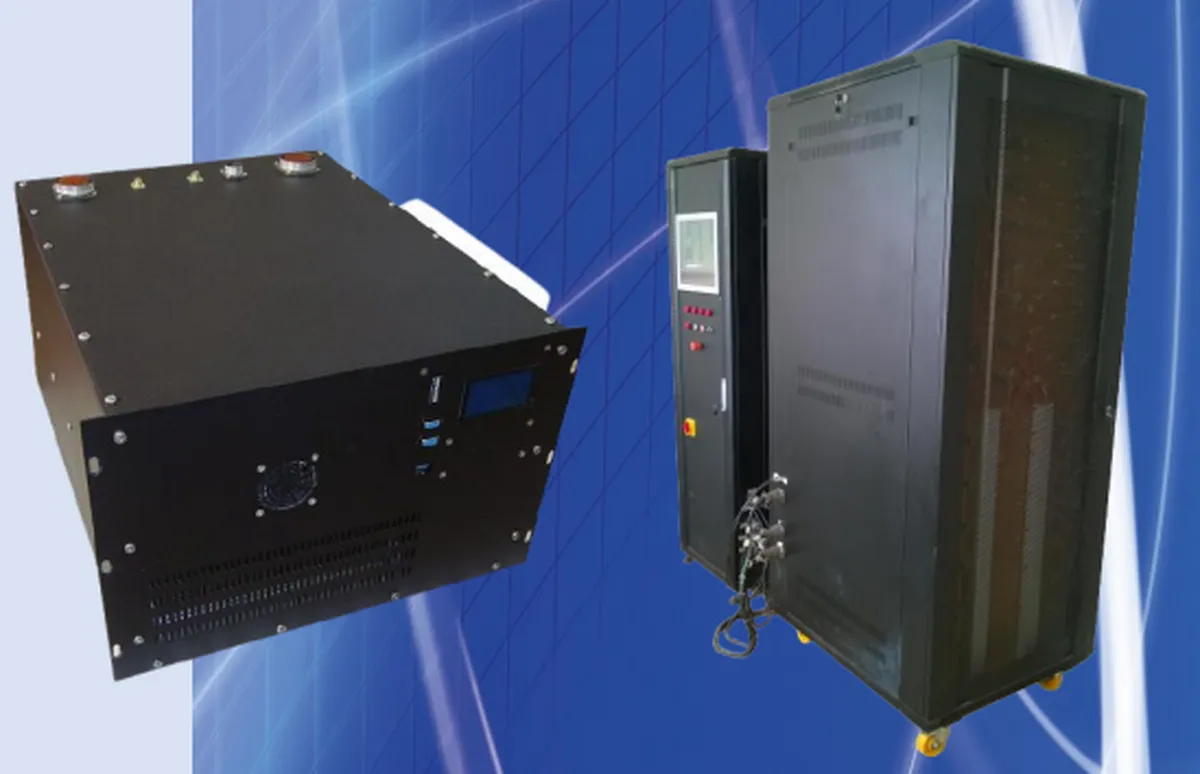Iranian Company Produces Frequency Converters for Steel, Copper Industries

The knowledge-based company which is active in the field of design, reverse engineering, manufacturing, installation and implementation, repair, service and maintenance, and supply of parts and equipment for electricity, electronics, power, control, telecommunications, precision instruments and industrial automation, has manufactured the frequency converters.
“In the design, manufacturing and implementation department, one of the main specialties and missions of the company is to carry out industrial projects from the reverse engineering stage, from design to implementation in the form of EPC and turnkey,” said Mohammad Taqi Rajabi, the sales manager of the knowledge-based company.
“Our company is the only producer of these frequency converters in Iran and it is used to drive synchronous motors of about 6.6 kV,” he added.
“This type of converters can be used in industries like steel and copper. Its foreign counterparts are the medium voltage brand Weg (WEG) in Brazil, and we have indigenized it with our own design and construction,” Rajabi said.
Frequency converter is an electronic or electromechanical device that converts alternating current (AC) of one frequency to alternating current of another frequency. The device may also change the voltage, but if it does, that is incidental to its principal purpose, since voltage conversion of alternating current is much easier to achieve than frequency conversion.
Traditionally, these devices were electromechanical machines called a motor-generator set. Also devices with mercury arc rectifiers or vacuum tubes were in use. With the advent of solid state electronics, it has become possible to build completely electronic frequency changers. These devices usually consist of a rectifier stage (producing direct current) which is then inverted to produce AC of the desired frequency. The inverter may use thyristors, IGCTs or IGBTs. If voltage conversion is desired, a transformer will usually be included in either the AC input or output circuitry and this transformer may also provide galvanic isolation between the input and output AC circuits. A battery may also be added to the DC circuitry to improve the converter's ride-through of brief outages in the input power.
4155/v





















